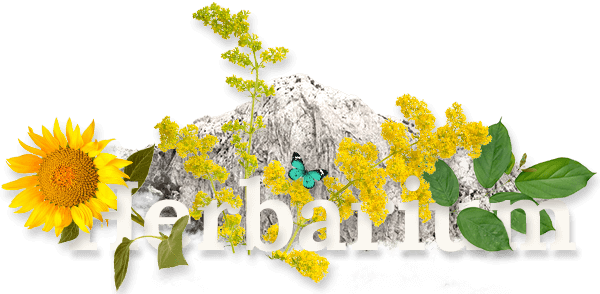Izradu internetske stranice sufinancirala je Europska unija u okviru operativnog programa Konkurentnost i kohezija iz Europskog fonda za regionalni razvoj.
saznajte više

SAGE
lat. Salvia Officinalis
Other names: Common, garden, kitchen or dalmation sage, salie and salvia.
Scroll
Habitat:
The plant is native to southern Europe and the Mediterranean region but has been naturalized to other warmer temperate climates, including North America. Garden sage (Salvia Officinalis) prospers in an alkaline soil in full sun. It is commonly found in dry banks and rocky soil.
It is quite simple to grow garden sage from seeds which are usually easy to come by.
Plant Description:
The plant is a fragrant shrub with silver-green leaves. It may reach a height of 60 centimeters and a spread of 45 centimeters. It has a woody stem and blue to purplish flowers. The plant flowers in midsummer.
Plant Parts Used:
The flowers and leaves can be dried for herbal uses, although the leaves are most commonly used.
Pharmaceutical use:
Traditionally, the leaves have been made into a poultice and used externally to treat sprains, swelling, ulcers and bleeding. It was also commonly used in tea form to treat sore throats and it is also considered one of the good herbs for the coughs. Sage is considered by many herbalists to be a useful medicinal herb for treating eczema,canker sores, halitosis, gingivitis or bad breath and also to treat dandruff. The herb may be helpful in treating the symptoms of menopause, including “hot flashes.” Salvia officinalis has shown anti-fungal, antiviral and anti-bacterial properties that make it a useful weapon in combating many illnesses. Some studies have shown it to be effective against candida albicans, herpes simplex virus II, and influenza virus II. This herb has shown great promise in aiding digestion and enhancing overall tone of the digestive tract. It also has shown antioxidant properties equal to that of alpha-tocopherol. Sage helps reduce excessive perspiration and salivation. It may also support liver and pancreatic function and it does appear to have a mild calming effect as well. Garden sage may be helpful in Type II diabetes for lowering blood sugar levels through Insulin support (although only a mild effect.) It has been used commonly as a flavor preserver in foods, as well as a flavoring during cooking. It has shown some promise in clinical trials as an herbal remedy for Alzheimer’s Disease. Garden sage leaves may be applied to an aching tooth to relieve pain and the leaves of the plant can be placed in bath water to enhance dark hair.
Cautions:
Please be aware that herbs, although natural can interact with certain medications, and that they may be ill advised to use under certain health conditions. Please consult a qualified health practitioner for cautions pertinent to you.
No therapeutic claim is made or intended for AZENA products. Information is for educational purposes only.




